Neuroscience
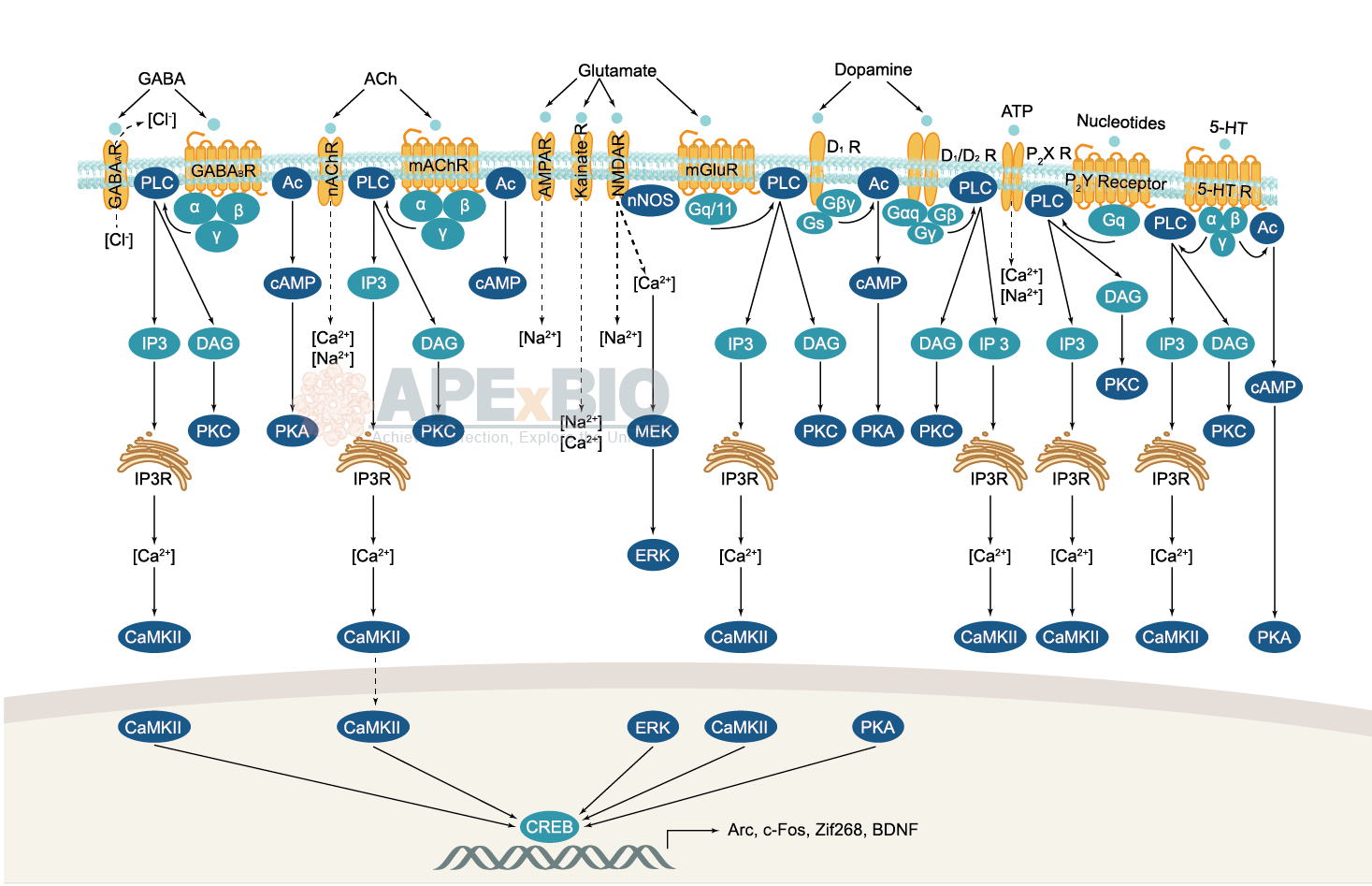
Neurotransmitter receptors function via various G-protein coupled and G-protein independent mechanisms that activate downstream intracellular signaling pathways such as cAMP/PKA, PI3K/AKT, phospholipase A2, and phospholipase C pathways. For instance, dopamine receptors act through adenylate cyclase to activate PKA and other signaling molecules, thereby mediate gene expression through the actions of CREB and other transcription factors. Other neurotransmitters such as NMDAR or AMPAR are associated with ion channels that control flux of Ca2+ and Na+, thus propagating the action potential across the post-synaptic neuron.
Dysfunctions in GABAergic/glutamatergic/serotonergic/dopaminergic pathways result in a broad range of neurological disorders such as chronic pain, neurodegenerative diseases, and insomnia, as well as mental disorders including schizophrenia, bipolar disorder, depression, and addiction.
-
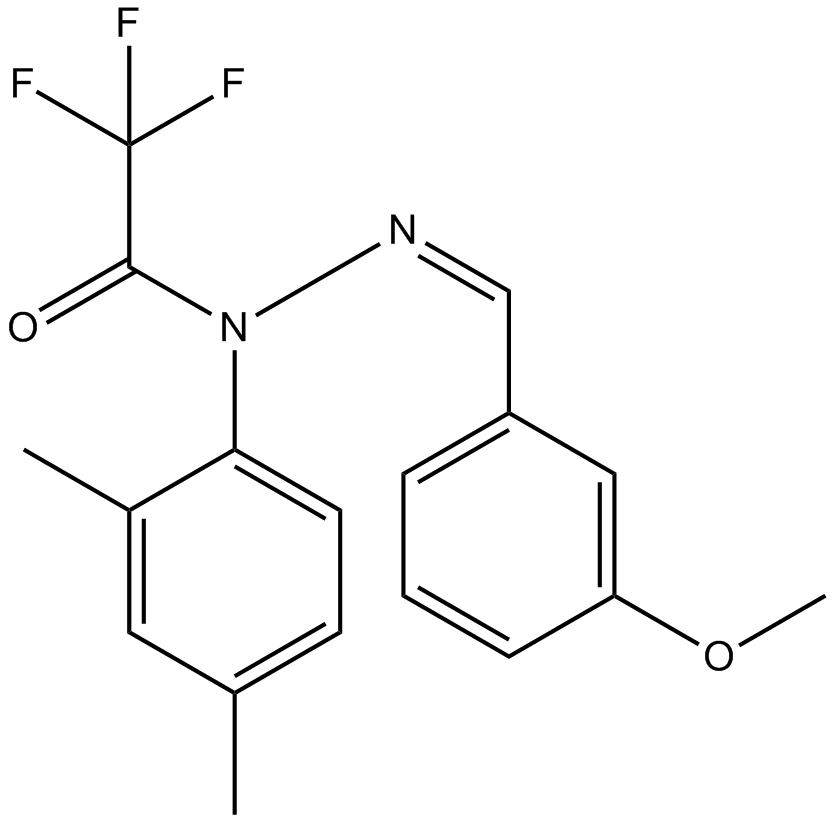 B5804 J 147Summary: reduces soluble Aβ40 and Aβ42 levels
B5804 J 147Summary: reduces soluble Aβ40 and Aβ42 levels -
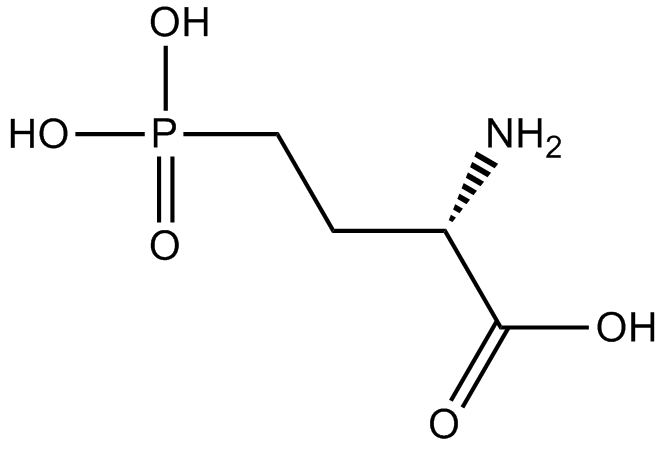 B6202 L-AP4Summary: group III metabotropic glutamate receptor agonist
B6202 L-AP4Summary: group III metabotropic glutamate receptor agonist -
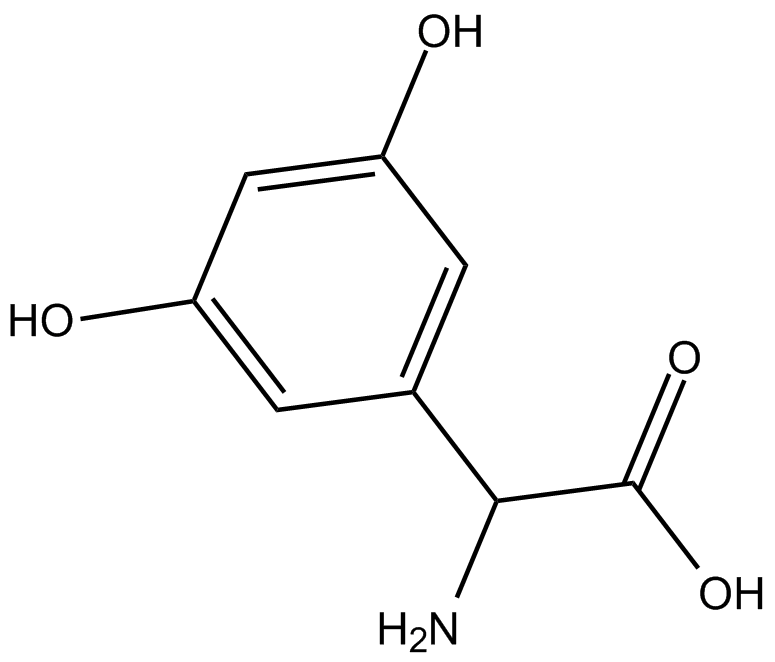 B6268 (RS)-3,5-DHPGSummary: group I metabotropic glutamate receptor agonist
B6268 (RS)-3,5-DHPGSummary: group I metabotropic glutamate receptor agonist -
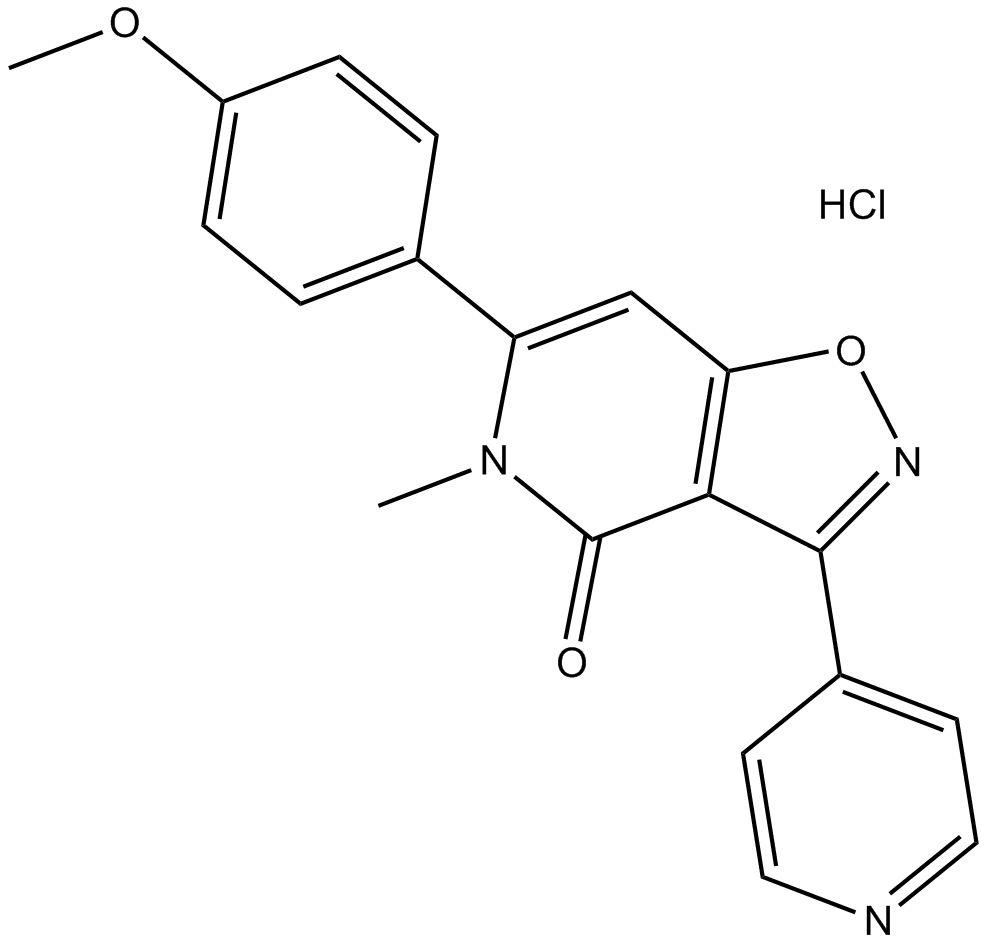 B7234 MMPIP hydrochlorideSummary: allosteric mGlu7-selective receptor antagonist
B7234 MMPIP hydrochlorideSummary: allosteric mGlu7-selective receptor antagonist -
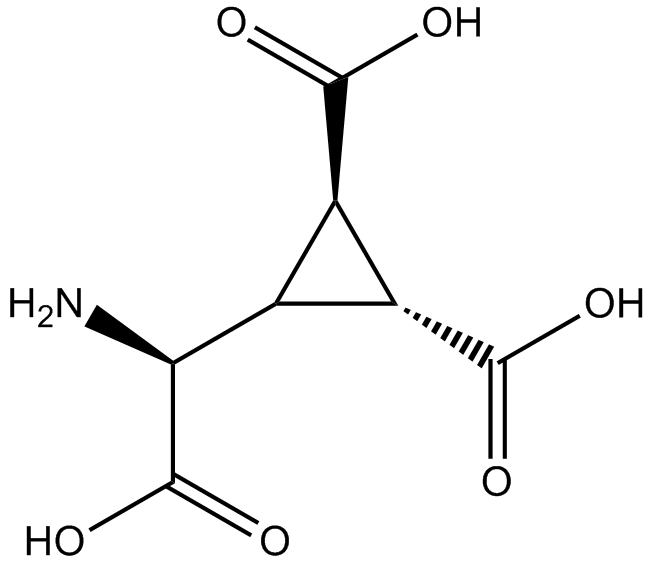 B5039 DCG IVSummary: highly potent agonist for group II mGlu receptors
B5039 DCG IVSummary: highly potent agonist for group II mGlu receptors -
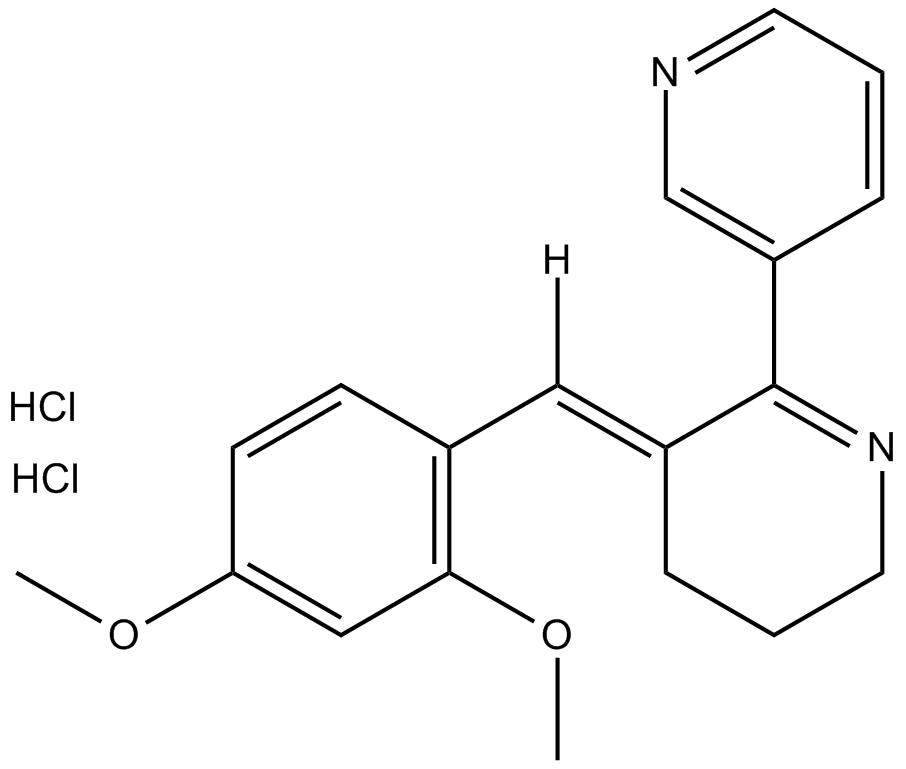 B7682 GTS 21 dihydrochlorideSummary: nAChRs agonist, novel
B7682 GTS 21 dihydrochlorideSummary: nAChRs agonist, novel -
 A1038 Amyloid β-Peptide (10-20) (human)Summary: Initiates neurodegeneration in Alzheimer disease
A1038 Amyloid β-Peptide (10-20) (human)Summary: Initiates neurodegeneration in Alzheimer disease -
 A1013 Endomorphin-1Summary: Agonist of μopioid receptors,highly potent and selective
A1013 Endomorphin-1Summary: Agonist of μopioid receptors,highly potent and selective -
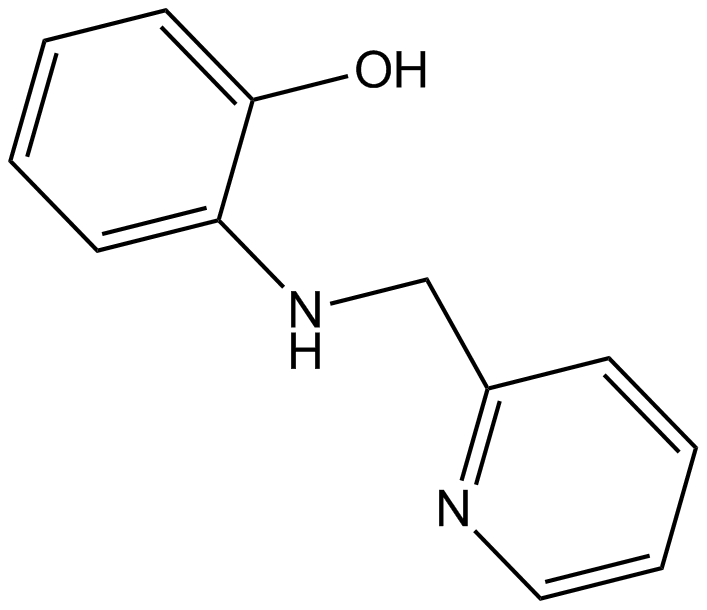 B8029 ARN2966Summary: APP expression modulator
B8029 ARN2966Summary: APP expression modulator -
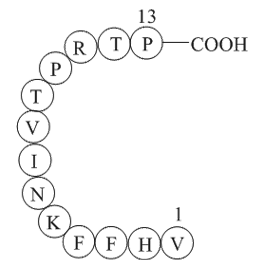 A1040 Myelin Basic Protein (87-99)Summary: Encephalitogenic peptide
A1040 Myelin Basic Protein (87-99)Summary: Encephalitogenic peptide

